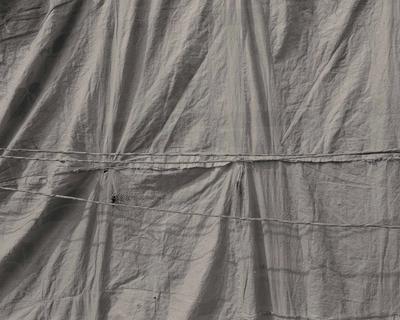
The Anodyne Architecture
11th August 2018I recently attended an extensive exhibition on the work of Tadao Ando at the Centre Pompidu in Paris. I felt, much of this work is archetypal of what my education was trying to nudge me toward, a restrained, monastic aesthetic concerned deeply with materiality, light and the senses- principles that I continue to be interested in. As an architecture student you are shown diffused light falling on a concrete wall and told it is beautiful. However, as I get older, I wonder if architecture can be more than just exposed concrete and birch-faced plywood.
On the other hand, proposing new wacky shapes facilitated by innovations in software is also problematic. Use of multiple colours and different shapes in some form of arbitrary post-modern revival can be equally disorientating. It doesn’t take much skill to use colours or create a new shape, or a baby with a crayon could issue multiple concept designs within a minute. I do not believe architecture can be instinctive, or come from the gut, the design process should be controlled, calibrated and precise.
If I had to make one criticism of my generation of architects, it would be that perhaps they are more influenced by precedents than conceptual ideas. I wonder if Instagram, Pinterest or Dezeen may have more influence on today’s designers as opposed to a personal, reflected ethos toward architecture. In such an age, architecture can only be regurgitation of the current style. Given the current trend of sensitive, restrained brutalist revival, I worry if we will be remembered as propagators of the anodyne architecture.
Image: Kompozycja przestrzenna 4, 1929 by Katarzyna Kobro.
